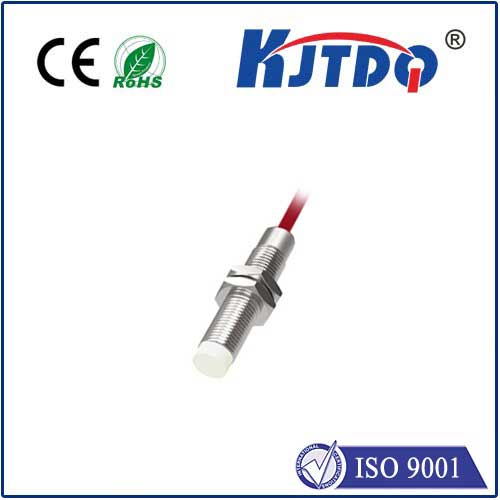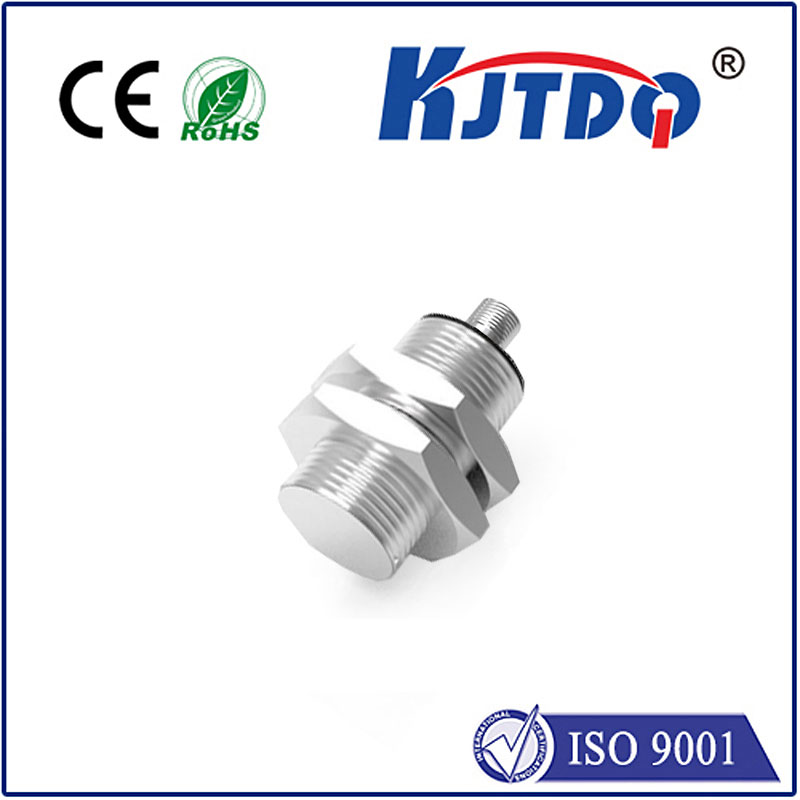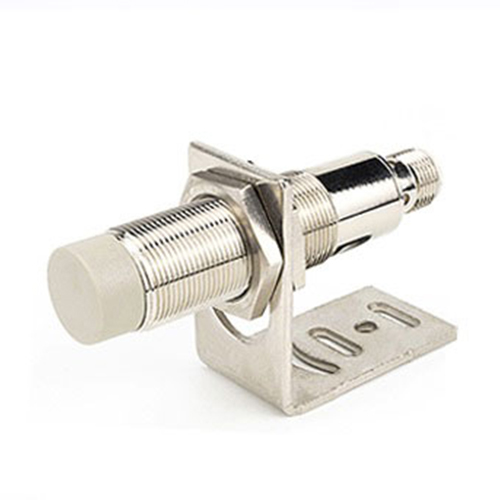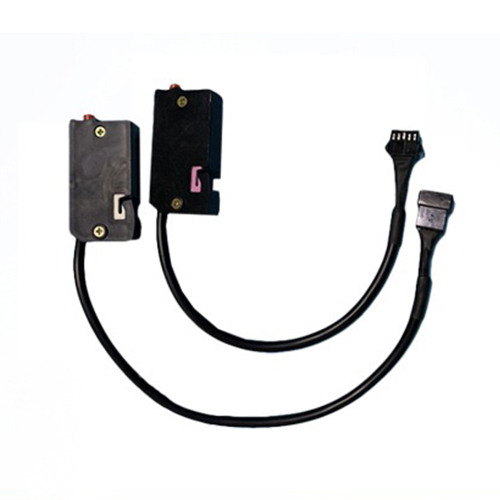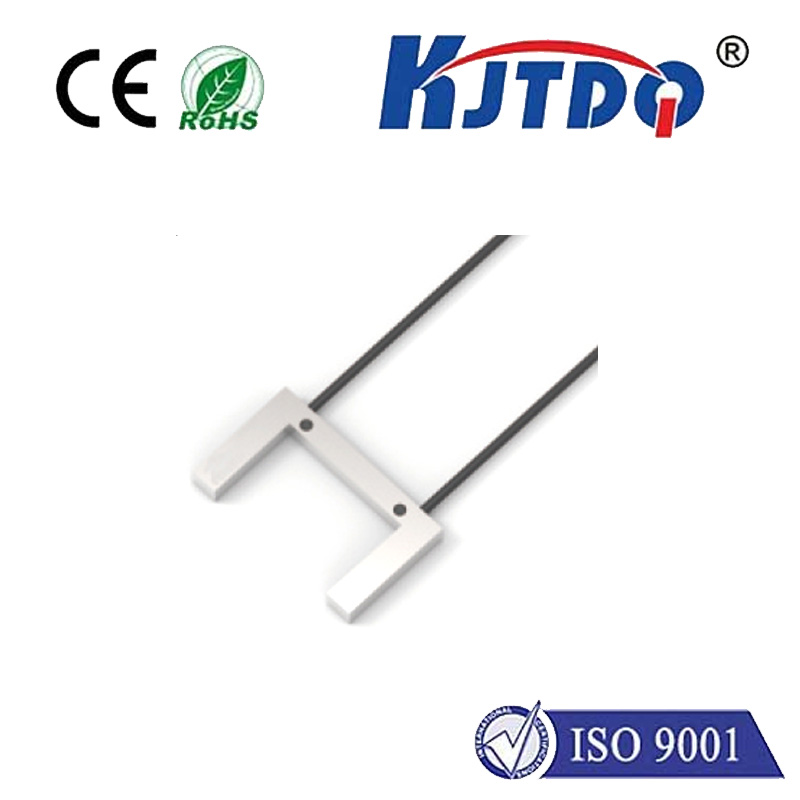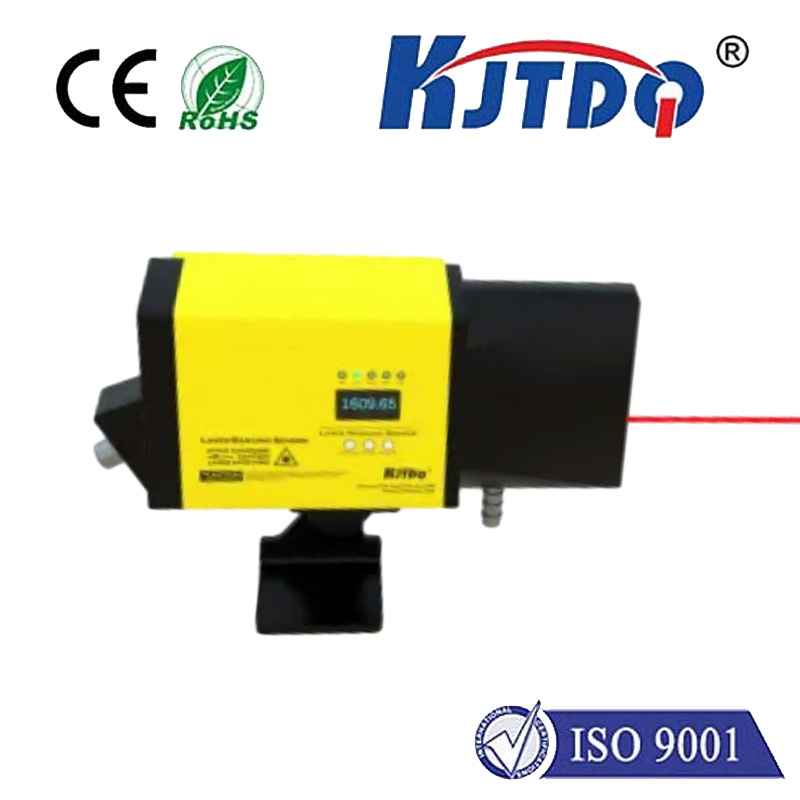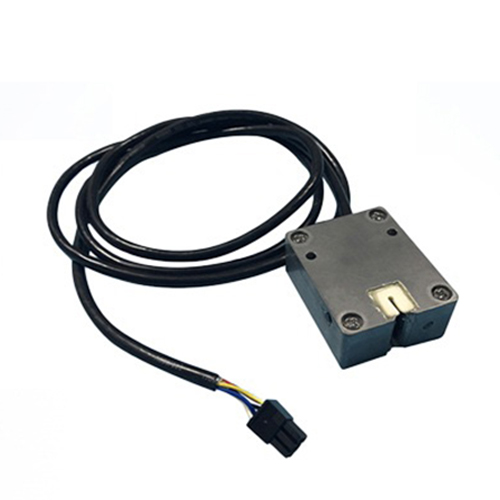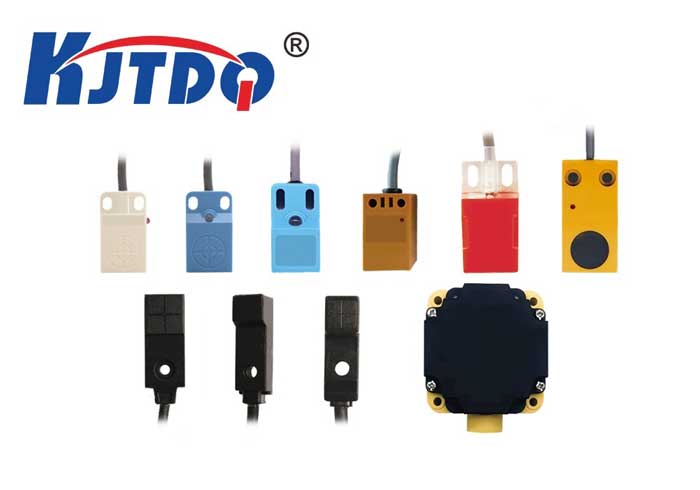Датчик приближения дверей
- time:2025-06-23 16:30:11
- Нажмите:0
The Touchless Revolution: How Proximity Sensors Transform Door Automation
Imagine walking towards a heavy glass door, your arms full of parcels, only to have it glide open effortlessly before you. Picture a bustling hospital corridor where doctors and nurses move swiftly, unimpeded by door handles during critical moments. Or consider a secure building where authorized personnel gain seamless entry with a simple wave of a card. These scenarios aren’t futuristic dreams; they’re everyday realities powered by the Датчик приближения дверей. This unassuming technology is a cornerstone of modern access, convenience, and hygiene, fundamentally changing how we interact with doorways.
Understanding the Proximity Sensor: The Invisible Doorman
At its core, a proximity sensor is an electronic device designed to detect the presence or absence of an object within a specific range without physical contact. When integrated into automatic door systems, these sensors act as the trigger. They sense when a person (or object) approaches the door’s activation zone and send a signal to the door operator to open. When the zone is clear, they signal the door to close.
How Does a Proximity Sensor Work in Door Applications?
While various technologies exist (like ultrasonic, infrared, and microwave), the most common types for automatic doors are:

- Passive Infrared (PIR) Sensors: Detect body heat (infrared radiation). Ideal for detecting human movement within their field of view. They activate when they sense a change in heat patterns, like a person walking towards the door.
- Active Infrared Sensors (Beam Sensors): Consist of a transmitter sending an invisible infrared beam to a receiver. When someone walks through the beam, it’s interrupted, triggering the door to open. Often used as safety sensors to prevent doors from closing on people.
- Microwave Doppler Sensors: Emit microwave pulses and detect changes in the reflected signal caused by moving objects. They can “see” through non-metallic materials and are effective over slightly longer ranges, making them suitable for challenging environments or harsh weather.
- Inductive Loop Sensors: Embedded in the floor, they detect the metal mass of a vehicle, commonly used for automated garage or gate doors.
- RFID Sensors: Detect authorized radio frequency identification (RFID) tags or cards, enabling touchless access control. The user simply holds the credential near the reader (a type of proximity sensor).
The Compelling Advantages: More Than Just Convenience
Integrating a Датчик приближения дверей delivers a multitude of benefits across various settings:
- Enhanced Convenience & Accessibility: This is the most visible perk. Doors open automatically for anyone approaching, whether their hands are full, they’re pushing a cart, a wheelchair, or a hospital gurney. This significantly improves accessibility for individuals with mobility challenges.
- Improved Hygiene & Touchless Operation: In a post-pandemic world, minimizing touchpoints is crucial. Proximity sensors eliminate the need to touch door handles or push plates, reducing the spread of germs in high-traffic areas like hospitals, restrooms, kitchens, and public buildings. This touchless access is a major hygiene advantage.
- Increased Energy Efficiency: Automatic doors equipped with sensors minimize the time doors are open. They open only when necessary and close promptly once the passage is clear. This is vital for maintaining climate control in buildings, preventing significant loss of heated or cooled air, leading to lower energy bills.
- Heightened Security (with Integration): When paired with access control systems using RFID or card readers (proximity-based), sensors allow only authorized personnel entry, enhancing building security without compromising flow. Automatic locking upon closure is standard.
- Improved Traffic Flow: In busy environments like retail stores, airports, or office buildings, proximity sensors ensure smooth, uninterrupted movement of people, preventing bottlenecks at entranceways.
- Reduced Wear and Tear: Automatic operation minimizes the physical force exerted on doors by users pushing or pulling, leading to less mechanical stress and potentially longer door lifespan.
Where Proximity Sensors Shine: Diverse Applications
The applications for automatic door sensors are vast and growing:
- Commercial Entrances: Retail stores, supermarkets, shopping malls, hotels.
- Healthcare Facilities: Hospitals, clinics, labs (critical for hygiene and moving equipment).
- Corporate Offices & Public Buildings: Enhancing accessibility and professional image.
- Transportation Hubs: Airports, train stations, bus terminals.
- Hospitality: Restaurants, hotels.
- Industrial Settings: Warehouses, clean rooms (where touchless entry is essential).
- Residential: High-end homes, garages, accessible housing.
Smart Integration: The Future of Door Access
Proximity sensors are increasingly becoming integral components of smart building systems and the Internet of Things (IoT). They can communicate with building management systems, providing valuable data on foot traffic patterns for space optimization. Integration with access control systems allows for sophisticated user permissions and audit trails. In homes, they can be part of comprehensive automation systems, linking door operation with lighting, security, and climate control.
Choosing the Right Proximity Sensor for Your Door
Selecting the appropriate proximity sensor for your automatic door is crucial for optimal performance and safety. Key factors include:
- Environment: Indoor vs. Outdoor (requires weather resistance)? High traffic? Extreme temperatures?
- Detection Needs: Primarily detecting people walking? Vehicles? Requiring long-range detection? Need to see through certain materials?
- Door Type and Operation: Sliding, swinging, revolving, or folding doors have different sensor requirements.
- Safety Requirements: Compliance with safety standards (like ANSI/BHMA A156.10) is non-negotiable. Safety sensors (often active infrared beams) must be installed to prevent entrapment.
- Access Control Integration: Is RFID or card reader functionality required?
- Aesthetics: Sensor design and placement should complement the building’s architecture.
Beyond Convenience: A Foundational Technology
The Датчик приближения дверей is far more than a gadget for lazy entry. It represents a significant leap forward in building accessibility, operational efficiency, hygiene standards, and security. By enabling reliable, touchless automatic door operation, this technology streamlines daily life for millions, provides essential access for those with disabilities, contributes to cleaner environments, and helps manage energy consumption effectively. As smart building technology advances, the humble proximity sensor will remain a vital, intelligent component, silently ensuring our smooth passage from one space to another. Its impact is profound, making it an indispensable feature in modern architectural design and facility management.

